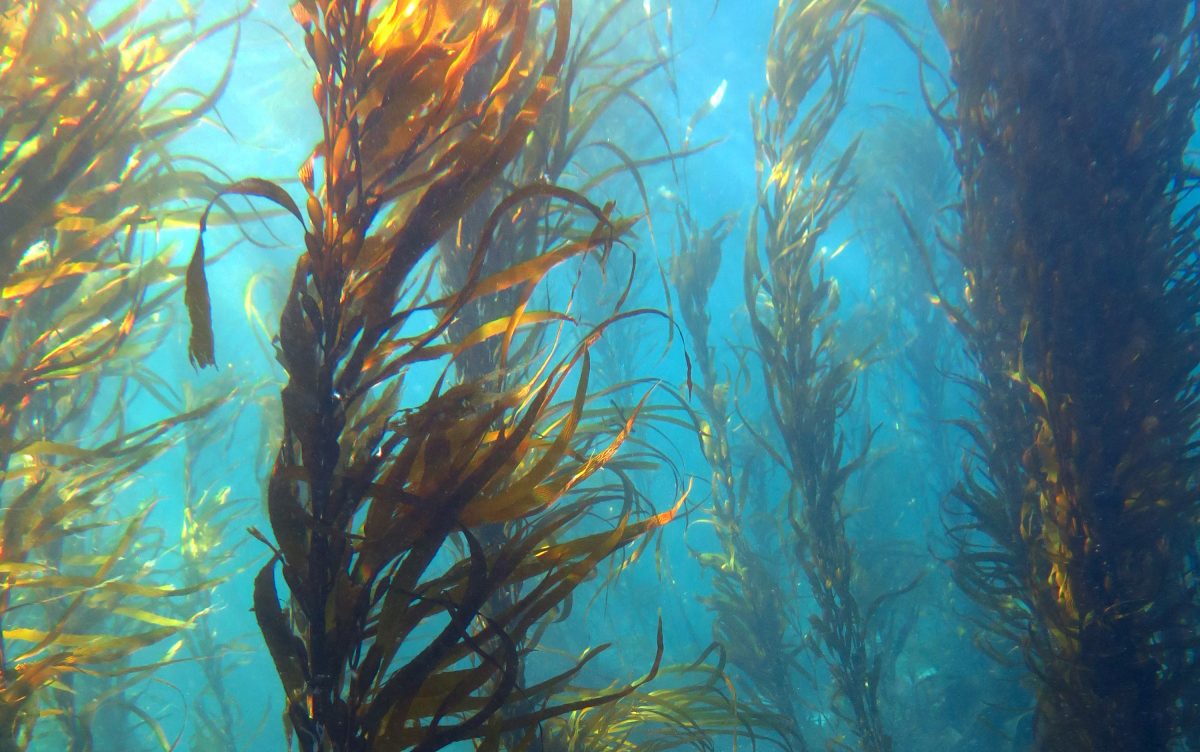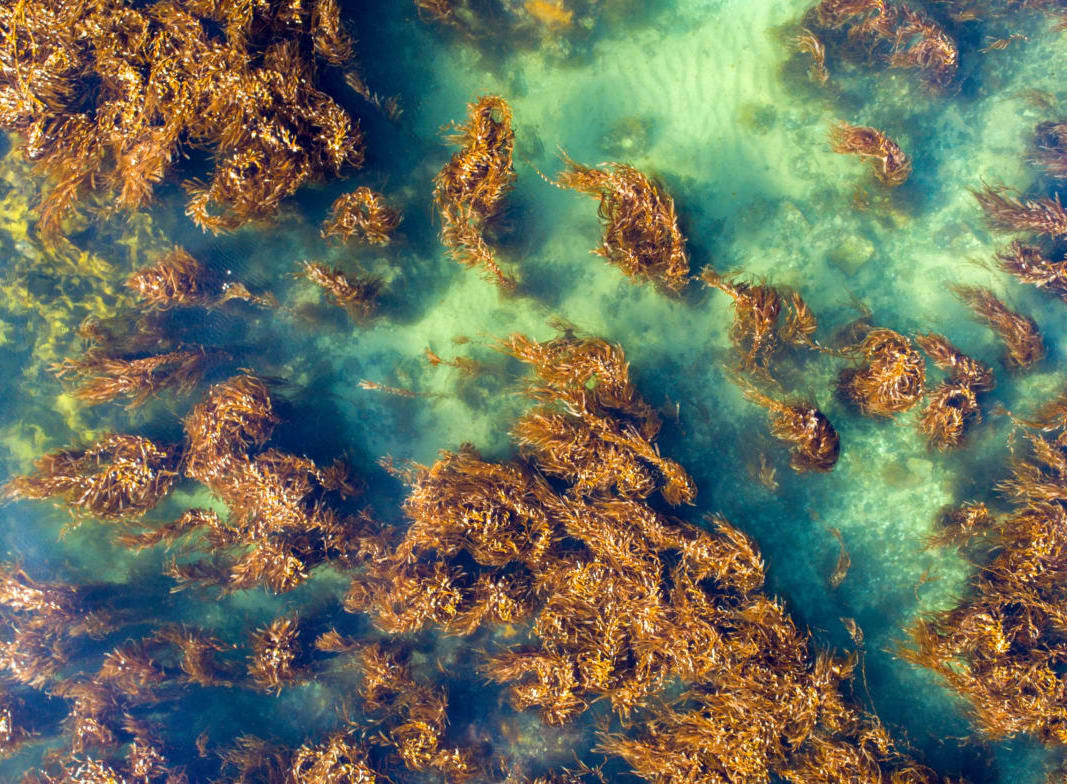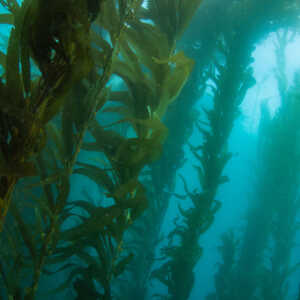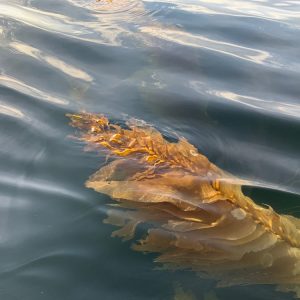28 June 2023 | Giant kelp need our help to play vital role in Tasmania and southern Australia
“The number of living creatures of all orders, whose existence intimately depends on the kelp, is wonderful,” so wrote Charles Darwin in The Voyage of the Beagle. And the famous scientist was right. His words, written in 1839, still ring true today. Giant kelp forests are one of the most productive ocean ecosystems on the planet, supporting an incredible diversity of plants and animals.










